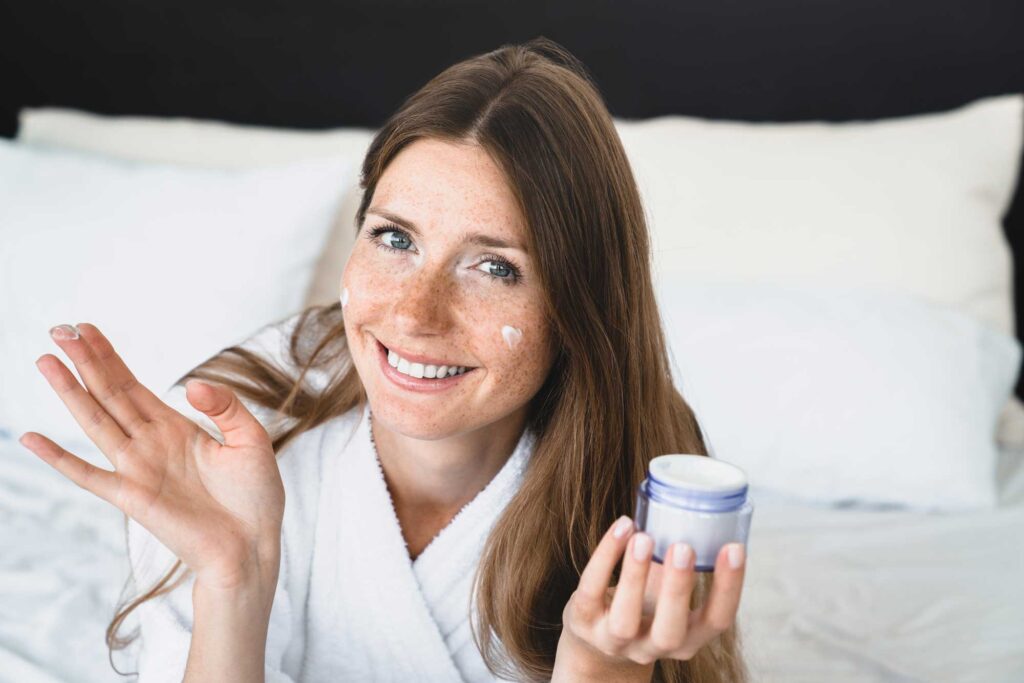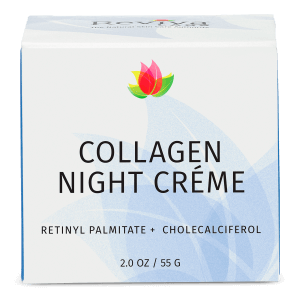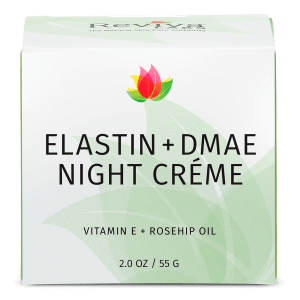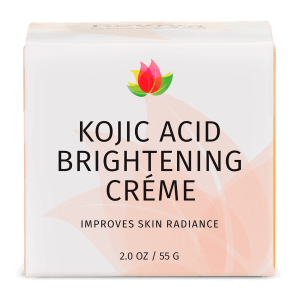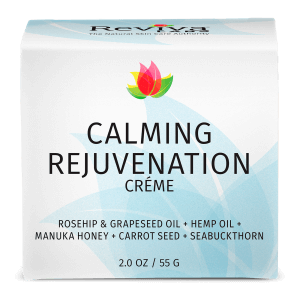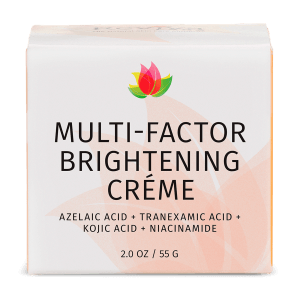Natural, Reviva Labs, Skin Care
How to Create a Nighttime Skincare Ritual
Few moments are as quietly revealing as the final glance in the mirror before bed. When the light is soft and the chatter of the day finally fades, your complexion offers an honest report of everything it endured. That report is heavily influenced by sleep itself: according to the U.S. Centers for Disease Control and Prevention, some states now see up to 46 percent of adults averaging fewer than seven hours a night, a level termed “insufficient sleep.” Sleep debt doesn’t just sap energy; it slows epidermal renewal, deepens lines, and delays barrier recovery. Translating the science into action requires more than random products on a vanity – it demands a thoughtful, repeatable ritual that supports skin while the body rests. I’ve spent years refining that ritual for clients who juggle late nights, artificial light, and stress; the framework below blends practical habits with the calming pleasure that makes people look forward to the process.
Your evening routine needn’t be complicated, yet every step benefits when it feels intentionally strung together, much like a lullaby. A true ritual flows from sensory cues: the scent of a botanical cleanser, the low hum of warm water, or a favorite playlist with no lyrics to distract. Familiar cues prime the nervous system for sleep, and that alone lowers cortisol – a hormone notorious for hampering collagen. Each product’s texture builds anticipation too, shifting the mind away from scrolling and toward the present moment. By night-three, many users tell me they crave the routine the way they crave their pillow, which is precisely the point.
The Science Your Skin Whispers After Sunset
During daylight hours the epidermis adopts a defensive stance, pumping out antioxidants and producing extra sebum to guard against pollutants. After dark, that stance pivots toward repair. Transepidermal water loss rises, micro-circulation increases, and the mitotic index – an index of cell division – peaks. This nightly choreography allows actives to penetrate more readily, but it also leaves skin vulnerable if stripped or left dehydrated. Formulas should therefore soothe as well as treat, never forcing a tug-of-war between potent ingredients and an impaired barrier. Think of each product as a gentle nudge that nudges biological rhythms rather than overriding them.
Circadian biology also explains why certain ingredients shine in the evening. Retinoids, for example, can degrade in UV light, so when they are applied before bed, they act unopposed. Similarly, peptides rely on the nightly surge in human growth hormone to expedite collagen synthesis, whereas heavy occlusives prevent the extra water loss that would otherwise leave cheeks feeling papery by dawn. Tuning product choice to this natural cadence is the difference between merely layering and truly partnering with physiology.
Melatonin deserves a mention too. The hormone best known for regulating sleep is synthesized in skin and functions as a broad-spectrum antioxidant. Blue light from late-night devices suppresses its production, nudging oxidative stress higher. That’s one reason many dermatologists now treat screen-curfew advice as skincare advice. The glow of a phone may feel harmless, yet under a microscope it looks eerily similar to low-grade sun damage.
Preparing the Canvas: Cleansing as a Sensory Reset
The first encounter between hands and face sets the tone for everything that follows. A double cleanse is popular, but what matters more than quantity is quality of touch. Massage a balm or oil over dry skin using feather-light circular motions; this dissolves sunscreen, makeup, and oxidized sebum without yanking at the lipid matrix. Pause for two deep breaths during the massage. That brief pause slows heart rate, and slower heart rate means lower systemic inflammation in the hours ahead. Rinse with lukewarm – not hot – water to avoid dilating capillaries. A second, water-based cleanse lifts residual debris and ensures an even playing field for serums. If the cleanser leaves skin squeaky, it’s too harsh. Post-rinse skin should feel conditioned, as though another product has already arrived.
Those inclined toward gentle acids can choose a low-strength cleanser containing a mild concentration of glycolic or lactic acid. Used nightly, it gradually softens comedones and keeps texture refined. Over-exfoliation, however, sabotages more routines than pollution or sugar. A simple metric helps: if the skin around nostrils or corners of the mouth appears shiny under bathroom light – but not from product – scaling back active cleansers for three nights usually restores balance.
Strategic Exfoliation: Weekly Micro-Resets
Nightly cleansing removes surface grime, yet cutaneous turnover slows with age, so a deeper polish benefits most complexions. Physical scrubs pose risk under harsh bathroom lighting where pressure is hard to gauge, whereas enzyme masks use papaya or pumpkin to detach corneocytes gently. I recommend reserving that step for the mid-week evening when motivation dips; the tactile satisfaction of rinsing away dullness refreshes both skin and psyche. Follow with a thermal mug of mint tea to support micro-circulation from the inside. Ritual extends beyond what sits in a jar.
Chemical exfoliants – think 10 percent glycolic creams – should reside in a separate corner of the ritual, ideally on nights when no retinaldehyde or strong brighteners are used. Skin can only process so many low-pH challenges before it rebels. Alternation avoids cumulative irritation and lets each category perform at full potential. The art lies in listening: a tingle that fades within two minutes is fine, one that pulses for ten is a plea to rinse. Your skin will rarely whisper the same thing two weeks in a row, and responsiveness is the hallmark of a ritual, not a routine.

Treatment Serums: Potency With Patience
Once the canvas is immaculate, serums become the storytellers. Hydrators containing low-molecular-weight hyaluronic acid plump superficial fine lines quickly; retinoids script a slower tale, coaxing fibroblasts over months. Brightening blends of niacinamide, tranexamic acid, and arbutin fade post-inflammatory pigment yet need consistent application to outpace new melanin. Trying to compress that timeline with extra dosage often ignites erythema and ironically prolongs discoloration. A pea-size amount spread thinly achieves more than a thick coat.
Peptides serve as cooperative dialog rather than a monologue. They signal cells to knit fresh collagen but work best when preceding a ceramide-rich moisturizer. Picture them as architects who draw blueprints and then hand them to builders arriving later in the stack. If chronological age or photo-aging is a primary worry, a matrixyl-based peptide placed under an antioxidant-loaded cream makes palpable sense. I’ve witnessed crow’s-feet soften noticeably in eight weeks when clients commit to that pairing.
For readers seeking a plant-forward option, bakuchiol pairs elegantly with alpha-lipoic acid and CoQ10. The trio acts synergistically to mop up reactive oxygen species that spike during REM sleep. While bakuchiol lacks the instability issues of retinol, it still appreciates the shield a rich cream provides above it. Think layering, not stacking – the goal is weightlessness that still seals in actives.
Sealing the Deal: Moisturizers and Overnight Gels
Hydration at dusk must straddle comfort and efficacy. Too heavy, and pillows trap lint; too light, and cheeks feel tight by sunrise. A balm-gel hybrid hits the sweet spot. One personal favorite is a hyaluronic-acid night gel infused with sorbitol and sodium PCA; its whisper-thin texture drinks in seconds yet keeps skin taut and dewy until morning without overwhelming blemish-prone zones. On windy nights, a thin pat of sunflower-seed-oil cream over the gel delivers extra occlusion. Wheat-germ oil, avocado oil, and ceramides each shine here, but any formula should avoid fragrances that might provoke irritation when metabolic heat rises during sleep cycles.
Night-specific creams often feature time-release technology, allowing ingredients such as retinol or azelaic acid to diffuse slowly. If a jar lists encapsulated actives, trial it for at least four weeks to appreciate the design fully; micro-caps make early results subtle. Trust the process. Meanwhile, those battling dehydration despite thick creams often succeed by adding a cool-mist humidifier to the bedroom. A moisturizer can only lock in existing water – environmental humidity supplies the reserve.
Targeting the Details: Eyes, Lips, and Beyond
The periorbital region is thinner and has fewer sebaceous glands, so it ages faster than cheeks. Apply an eye-specific formula no closer than a grain of rice from the lash line; body heat draws it inward naturally. Look for peptides that encourage lymphatic flow because nighttime puffiness stems from fluid redistribution as we lie horizontally. A single drop pressed gently with the ring finger avoids stretching.
Lips experience constant trans-epidermal water loss, so a wax-based stick with vitamin E serves as both humectant and shield. A dab over cuticles doubles as a mini manicure, reinforcing the idea that rituals can travel. Finish by sweeping residual cream down the neck and across the decolletage; skin there reveals age as plainly as the face yet is too often neglected. One smooth motion teaches muscle memory, so you’ll never forget that final flourish.
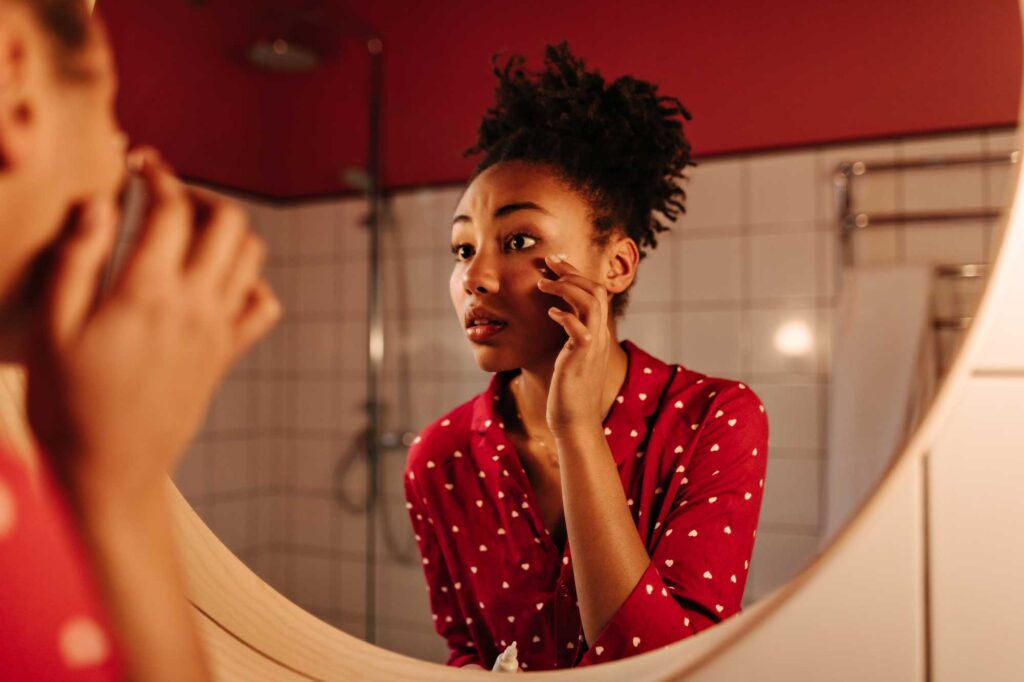
Making Consistency Feel Effortless
Forming a habit hinge less on willpower than on removing friction. Keep products arranged in order of application, left to right, so hands move automatically even when sleepy. Set a silent phone alarm thirty minutes before target bedtime labeled “Skin & Soul.” By anticipatory cueing, the alarm transitions from reminder to invitation; soon you will find yourself beginning the ritual before it rings. Habit researchers note that stacking new behaviors onto existing, enjoyable ones dramatically increases adherence. If you already savor a nightly herbal tea, apply the first serum while the kettle boils, and the association locks in.
Travel disrupts routines yet need not derail progress. Decant essentials into compliant containers and pack them inside socks to prevent leaks. Hotel water often contains higher chlorine, so compensate by layering an extra mist of thermal water after cleansing. In dry airplane cabins, press a single-use peptide mask onto skin ten minutes before landing; it restores moisture and ensures you disembark with the same luminous canvas you boarded with.
Tailoring the Ritual to Seasons and Skin Types
Climate dictates tweaks. Summer humidity calls for gel-creams rich in humectants but spare in occlusives, whereas winter justifies balms boasting shea butter and ceramides. Sebum production also fluctuates with hormones, stress, and medication. Rather than overhaul everything at once, adjust the middle layers first – swap a potent brightener for a calming oil serum when sensitivity flares, then return when barrier resilience improves. Your ritual is a living document.
Acne-prone readers sometimes worry that the phrase “nighttime ritual” implies heavy products. In truth, bacteria thrive in lipid-rich follicles starved of oxygen; a light gel containing salicylic acid and green tea can keep pores clear without sacrificing hydration. Finish with a non-comedogenic, alcohol-free mist that replaces water lost to benzoyl-peroxide treatments used earlier in the day.
Knowing When Expert Guidance Matters
Persistent redness, sudden cystic eruptions, or stubborn melasma warrant professional insight. Dermatologists can prescribe higher-strength retinoids, hydroquinone cycles, or tailored steroid tapers that home care cannot replicate safely. Think of your nightly ritual as the daily practice that keeps skin receptive, not as a substitute for medical advice. The two work in tandem, just like cardio sessions complement a cardiologist’s expertise.
Specialists also perform procedures – light therapy, fractional lasers, deep chemical peels – best timed with post-treatment nights set aside for ultra-gentle care. Stock fragrance-free mineral balms in advance and clear your schedule so the ritual remains unhurried. Recovery thrives on rest, both cellular and psychological.
Ritual Reflections – Quiet Rewards That Accumulate
After thirty nights of deliberate care, most people notice more than brighter skin. The mirror begins to reflect discipline, self-respect, and the peaceful cadence that comes from ending each day with a predictable kindness to oneself. Dermatological markers – elasticity, pigmentation, hydration – improve steadily, yet the emotional dividend often arrives first. Client’s report falling asleep faster, waking with fewer creases, and approaching morning routines with newfound optimism. That optimism spills into diet choices, movement, and even posture, forming a virtuous cycle too subtle to track on an app.
A nighttime skincare ritual therefore transcends topical chemistry. It is a promise you make to your future complexion – a promise delivered in small, fragrant chapters night after night. Whether your shelf holds a single hyaluronic gel or a curated wardrobe of actives, the secret is constancy infused with mindfulness. Skin recognizes the difference between haphazard application and a moment lovingly reserved for it. Reserve that moment, and long after statistics change and fads rotate, your reflection will testify to a habit that began with one gentle cleanse and never felt like a chore again.

